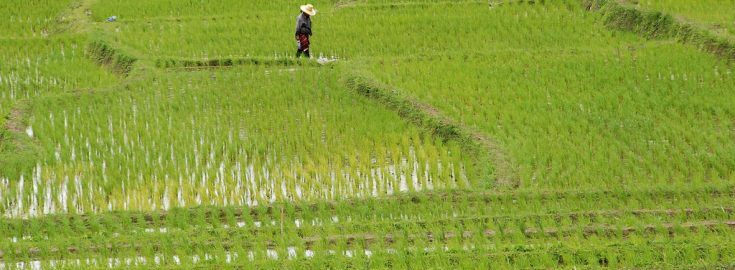
Search
Picture: Pierre Pouliquin
Joined MPPN: 2018
National MPI
For details of the National MPI of Thailand including the latest reports, the national MPI structure, and references to MPI in Voluntary National Reviews, please visit this page on the OPHI website.
Global MPI
For details of the latest available global MPI data for Thailand, please visit the global MPI country briefing of Thailand and the most recent global MPI data tables.
MPPN Events
- 23 September 2021 | Intervention by H.E. Jinanggoon Rojananan, Deputy Secretary General of National Economic and Social Development Council at UNGA 76 Side Event
- 4 November 2024 | Launch of the Global Multidimensional Poverty Index Report in Thailand













